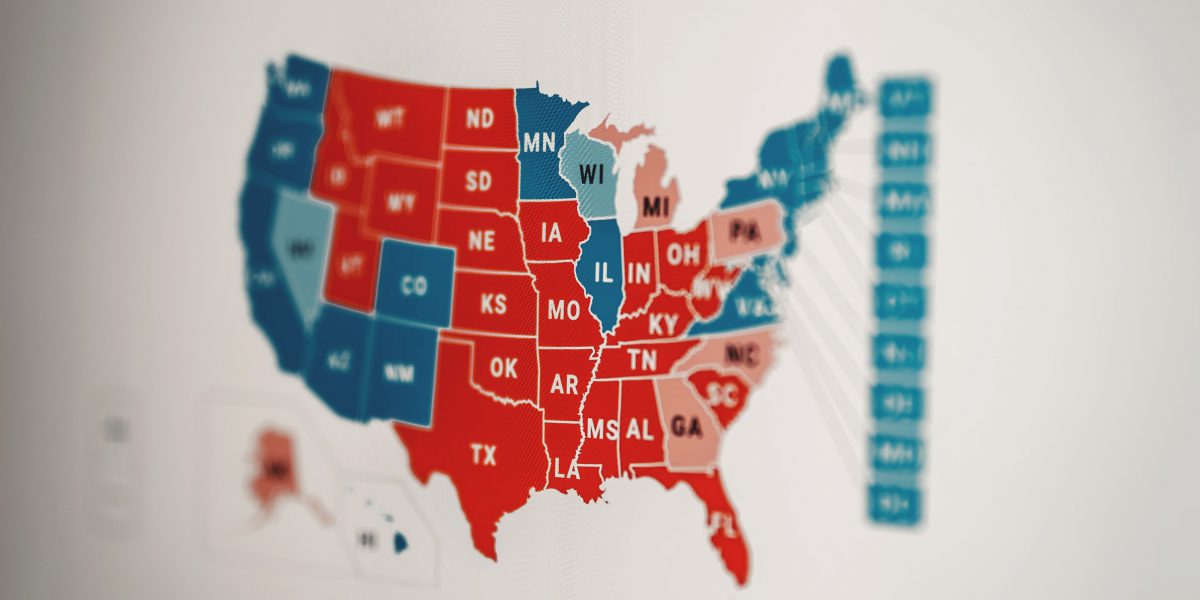Dr. Jen Golbeck explains why Benford's Law cannot be used to identify voter fraud in the 2020 election.

University of Maryland iSchool Professor Jen Golbeck was interviewed on the Kojo Nnamdi Show where she discusses why Benford’s Law does not apply to identifying voter fraud in the 2020 elections results.
Dr. Golbeck explains that Benford’s Law applies to naturally occurring systems and provides us with a formula to determine the frequency of the first significant digit for a set of numbers.
Since this principle applies to naturally occurring sets of numbers, it can be used to identify fraud. Because the results of the 2020 election do not seem to follow Bedford’s Law, conspiracy theorists are arguing that this supports claims of voter fraud.
However, Dr. Golbeck explains why Benford’s Law does not apply to analyzing elections results this way and why it cannot be used to identify voter fraud. In order for Benford’s Law to be applicable, numbers in the data set need to be independent. Election voting data is not comprised of independent numbers because the number of votes a candidate can receive is dependent on how many people are voting in a precinct. Furthermore, the number of votes each candidate receives is dependent on the number the other candidate received because “if there’s 1,000 people in a precinct, if Trump gets 600 votes Biden is going to get 400.”
As a result, the core principle of Benford’s Law is violated and cannot be used to identify voter fraud in the 2020 election.